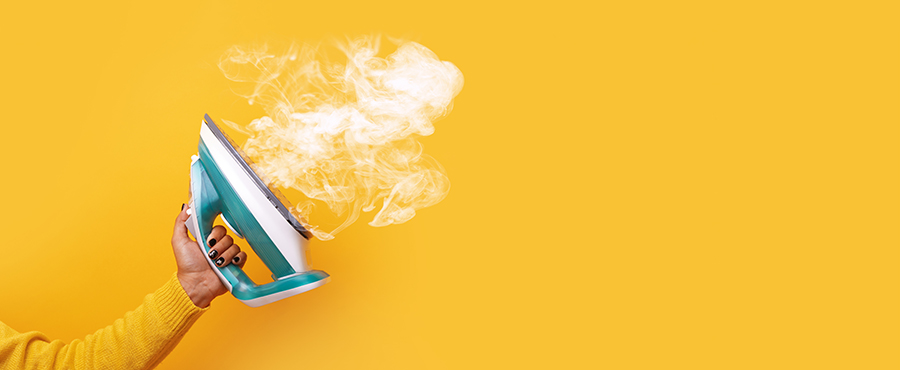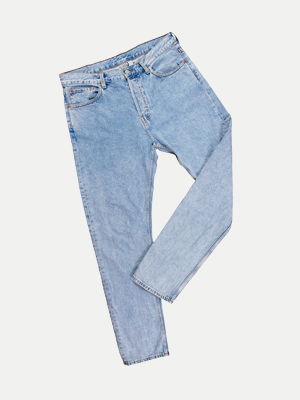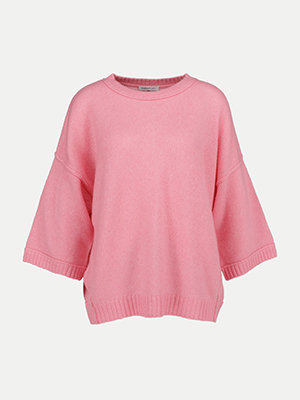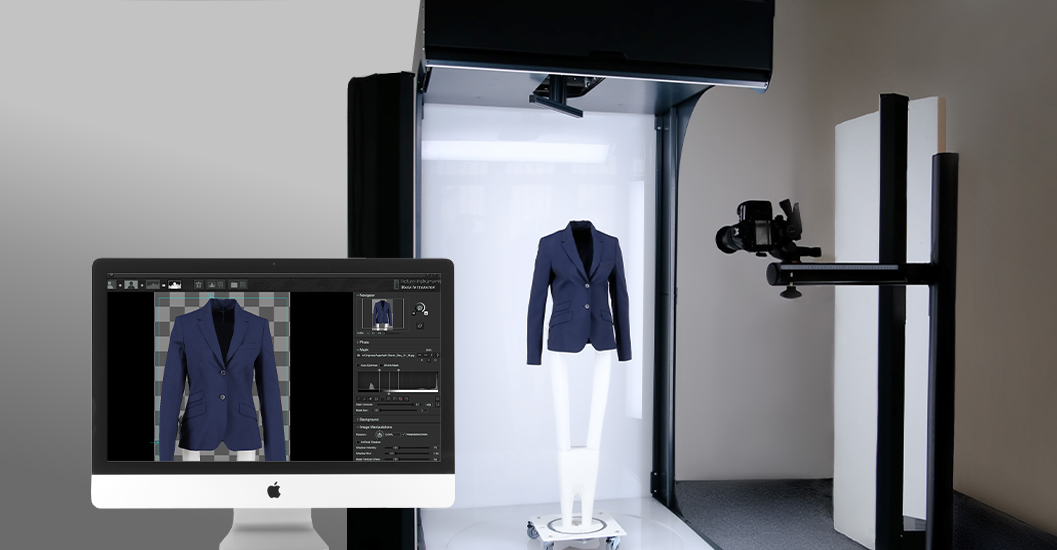
The best tips for successfully presenting clothing
These methods ensure high-quality fashion photography for the successful sale of clothing.
Especially for selling cloth online it is immensely important not only to describe them well. Fashion must also be presented photographically perfect to reach potential customers. However, presenting garments optimally does not necessarily require a high budget and high time investment. With knowledge of proven presentation styles, the right approach, and the appropriate equipment, fashion can be presented professionally, cost-effectively, and efficiently, even without needing to be a professional photographer, as the following best tips for successful clothing presentation show.
This is how you successfully photograph clothing in the best condition
Whether for print ads, flyers, brochures, catalogs, presentations in your own fashion store, or for the online shop, clothing must always be photographed in the best condition to be presented in a sales-promoting manner. Therefore, the garments must be well-prepared before being photographed. In fashion photography, various presentation styles have also proven themselves, which one should know. With subsequent image editing, photos are further enhanced and freed from shortcomings and most of the time, the garments should also be removed from the background. And finally, there are also aspects regarding equipment such as camera, lighting, etc. to consider.
The main aspects of clothing photography summarized:
- Preparation of clothing
- Presentation styles for clothing
- Solutions for the technical implementation of presentation styles
- Subsequent image editing for fashion photos
- Solutions regarding hardware and software for all presentation types for clothing
Tips for the most important preparations of clothing
No fashion photographer wants to photograph a wrinkled shirt or T-shirt, etc. Wrinkles need to be removed, which is easily achieved with ironing, steaming or a lint roller. And of course, clothing must be free of stains and dirt of any kind. Even with new fashion, there could be product defects and for example threads may hang out. Sometimes there are still tags, stickers and other markings on the clothing that have no place in the fashion photo. To make sure that no flaws are overlooked and the clothing is always photographed in the best condition, the garments should be carefully examined from the inside and outside and from all sides.

Presentation styles to perfectly showcase clothing
Depending on the purpose, different styles for presenting clothing offer the opportunity to compose and photograph them attractively with all the important details. Each style has its advantages and disadvantages. However, with intelligent solutions, style-related problems can be avoided.
The following presentation styles are available:

The hanger
The quickest and cheapest tool with little space requirement to arrange clothing for shots is the hanger. However, this is not a professional solution because the representation is not voluminous and therefore not very plausible. Shots are only possible from the front and back. The cut and fit are very difficult for viewers to assess. Thus, this very simple presentation style is not suitable for every piece of clothing.

Work on the model
The opposite would be working on the model. Those who do not shy away from financial and time expenditure hire a model for the desired target group and message, but must also agree on the image rights and the rights to sell the images. The model must be professional and master poses otherwise the shots can take long or even fail completely. The model must be made up but must not take the spotlight so that the clothing gets all the attention. Emotional shots as well as distracting props or other elements should therefore be avoided. Working with a model is not only expensive and time-consuming but also unsuitable for clean and pure, but good for realistic clothing representation.

Flat Lay
A good and space-saving presentation style for clothing, shoes, bags, and jewelry is flat lay. Clothing can be creatively arranged on a table with a flat surface made of glass or various materials, for example, symmetrically or deliberately casually and detailed images can be taken with the desired background. This style is also time-saving and cost-effective but also does not allow voluminous representation, only as a top view. Flat lay photography can be relatively easily and with very good results. However, it depends entirely on the product or clothing whether this style is really suitable. A disadvantage is the camera, usually mounted on a high tripod, which is then difficult to access, operate and adjust.

Ghost Mannequin or Hollow Man
In many cases, the best way to stage clothing perfectly is a ghost mannequin or a hollow man. Corresponding female and male dolls may need to be purchased, possibly also in different sizes, and styled with great care, which can mean considerable financial and time expenditure. But don't worry, ghost mannequins or hollow mannequins are available in all price ranges. The fashion can then be designed voluminously and photographed all around. The appearance is very professional with this method, and the cut is easily recognizable.
Solutions for the technical implementation of presentation styles
In general all of the presentation styles mentioned above can be used in the hobby sector for DIY projects, as well as in the premium sector and more or less technology is required accordingly.
For all styles a monochrome background is generally required. While this may be sufficient for legwear or clothing hanger shots, when photographing clothing on a mannequin or on a model, a negative rounding of the background or a seamless background is used. This creates a seamless transition between the floor and the wall without disturbing lines in the room. The monochrome background and the seamless background are used to remove the background of photos. For smaller objects, you could create a seamless background with just a sheet of paper and use cardboard sheets from the specialized photo retail for larger backgrounds suitable for background removal. In a professional studio the canvas is often walkable and large light tents and light cubes are used.
For every presentation style, lighting is also immensely important. The light must underline the outfit and bring out the details. The colors can often be intensified but must not be falsified. Softboxes for reducing shadows with soft light and reflectors for indirect lighting are suitable for obtaining sensitive light enhancement in certain areas. Interesting and even mysterious shine can be created with light behind the clothing. Exciting shadows with reinforcement of the depth effect can also be created in this way. Instead of using professional equipment that delivers the best quality for soft and hard light accents and shadows with high flexibility, such as softboxes, reflectors, etc., you can alternatively equip yourself relatively cheaply at the hardware store with transparent paper, styrofoam panels, etc., build frames, use umbrellas, etc. and achieve quite passable results with some compromises.
A professional camera is never a bad idea. However, clothing can also be photographed with a smartphone. The advantage of a DSLR camera or a mirrorless variant lies in the flexibility, high resolution, and consistent, reproducible settings and image results they offer. Various lenses can be used, allowing the clothing to be emphasized selectively with a long focal length and large aperture, resulting in a pleasantly blurred background. For clothing, a lens with a 35mm or 50mm fixed focal length is a good choice due to its high light sensitivity and quality. A zoom lens also works well, especially when flexible distances are required. A good camera with one or more lenses comes at a price, although smartphones are not necessarily cheap.
A tripod is indispensable in clothing photography, as it allows the subject to be positioned and aligned precisely and the lighting to be adjusted perfectly. By eliminating camera shake, irrespective of the exposure time, more sharpness and details can be obtained from the photos, emphasizing textures and materials of the clothing.
Post-processing for fashion photography
Accurate preparation of the clothing should never be neglected, as neglecting this aspect would inevitably result in more effort in post-processing. However, completely avoiding image editing because of thorough pre-shoot preparation is not a good idea, as fashion photos can almost always be improved in terms of color, sharpness, and contrast. If any stains or other imperfections were overlooked, they must be retouched, which can lead to significant effort if reliable retouching services are not available. Additionally, photographed clothing must be meticulously isolated for professional presentation.
Skillful masking and retouching with professional software are immensely important in fashion photography, requiring the photographer or image editor to have substantial expertise in addition to financial investment. Despite the numerous options offered by photo software or image editing programs today, it is important to remember that excessive digital editing can have negative effects and may even worsen the images. Photos should always authentically represent the true product and not appear overedited. Often it is better to optimize the photograph and limit image editing to the essentials, without neglecting important improvements and retouching. Not every garment can be styled with ghost mannequins or hollow man dolls so that the inside of the garment is visible without any part of the doll being seen. In such cases, an additional photo of the inside is taken, and the corresponding areas are meticulously retouched into the photo. For an experienced retouching service provider, this is not a problem.

Picture Instruments solutions for all presentation types of clothing
Before moving on to image editing, clothing must be photographed. This process can be lengthy and cumbersome, as noted earlier in the solutions for implementing presentation styles. Clothing can be efficiently and comfortably photographed with special Picture Instruments systems for product photography, which are modular and cross-industry usable and extremely space-saving, depending on customer requirements. The software also automates the background removal and post-processing process. A manual retouching service is also integrated into the workflow.
Picture Instruments complete solutions allow setups with specific mounts for a ghost mannequin as a torso, with a turntable for 360-degree photography, and a hanging turntable for hanging lower body torsos, with a back-light module for automatic clipping, etc. The large studio even comes with a turntable on which a person can stand, e.g., for automated video recordings. Including background removal and 360-degree options, the workflows for all presentation types are largely automated. A complete system, including automatic clipping and back-lighting, is available for flat lay and for smaller companies, there is a space-saving setup without a turntable.
With central software, tethered shooting (i.e., triggering the camera via the program), 360-degree shots by controlling the turntable, light control with preset reproducible light settings and backgrund removal during shooting are automated and article numbers and other metadata can be flexibly used in the naming process before the images are automatically brought into the required formats and uploaded. Clothing can thus be efficiently illuminated, photographed from all angles, removed from the background, cropped, and scaled in high quantities in a fully automated and customized manner. Automatic batch processing is also possible. Standardized workflows with product photography systems minimize the effort required for fashion photography and achieve enormous time savings, ultimately saving a lot of money in the long run.
More about our Product Photography Solutions >>
Do you want to be informed about new stories and product photography news?
➔ Then sign up for the Picture Instruments newsletter







